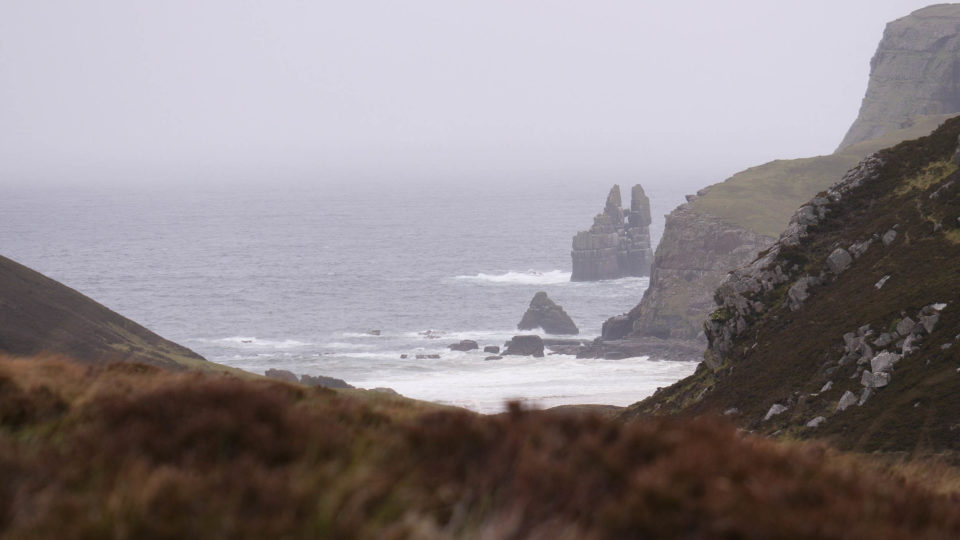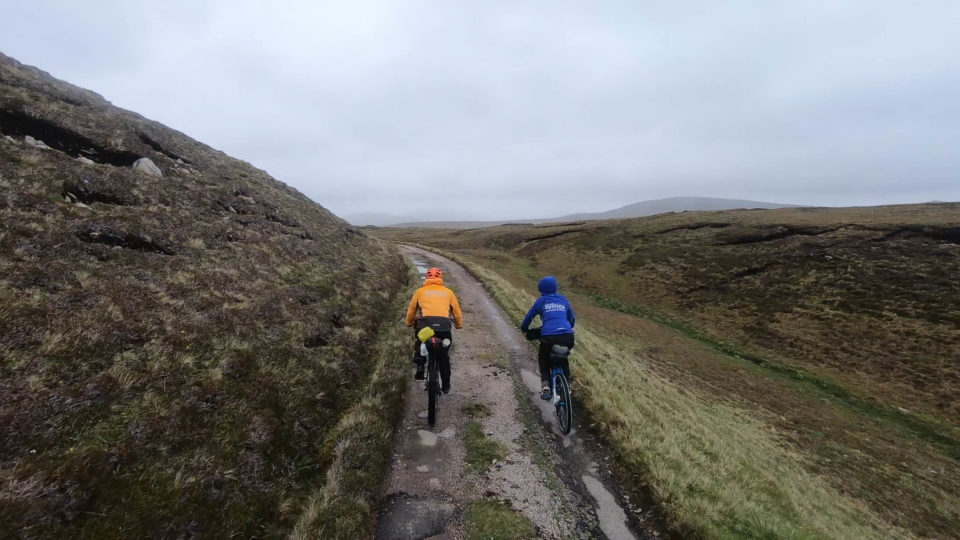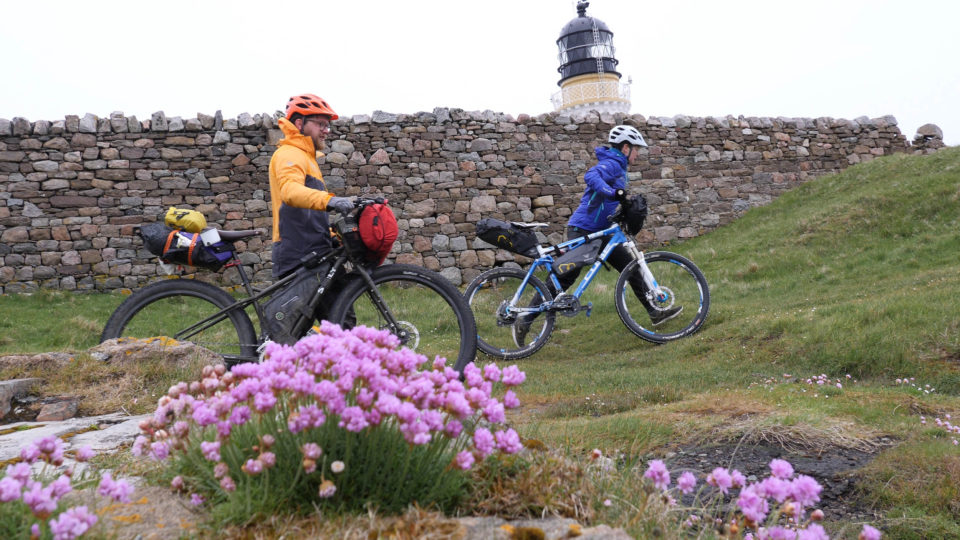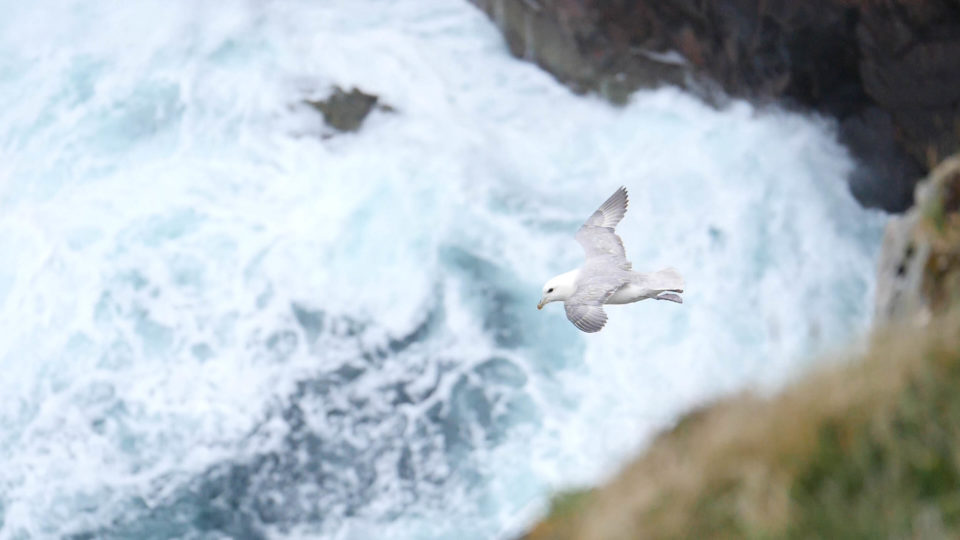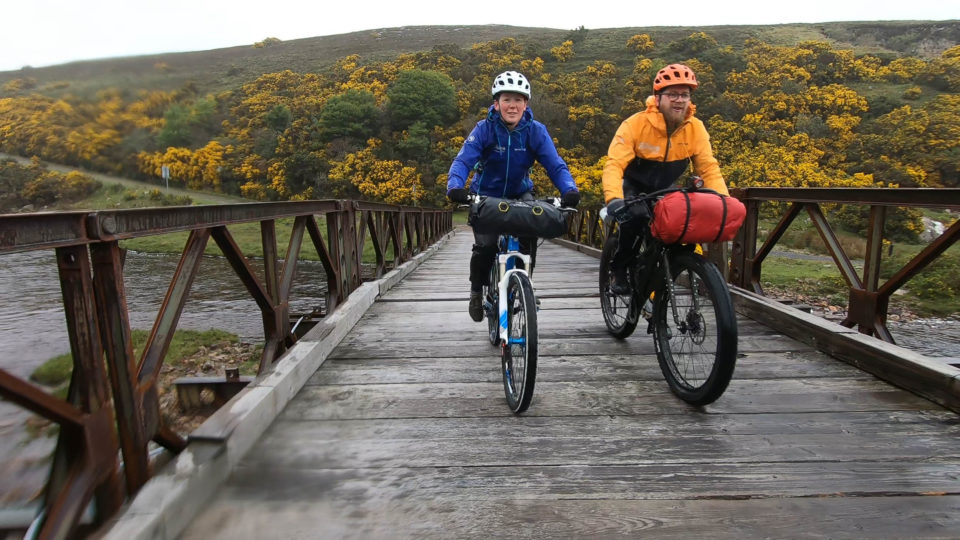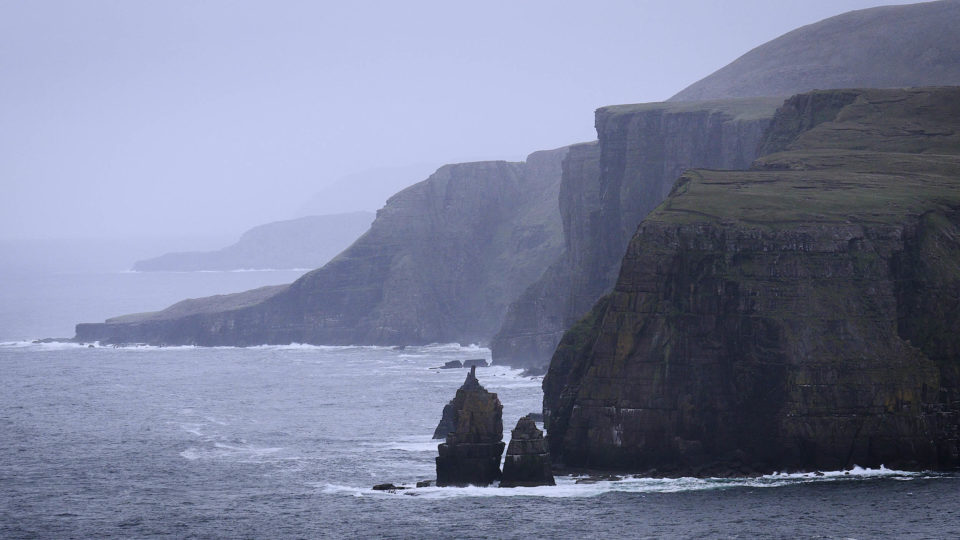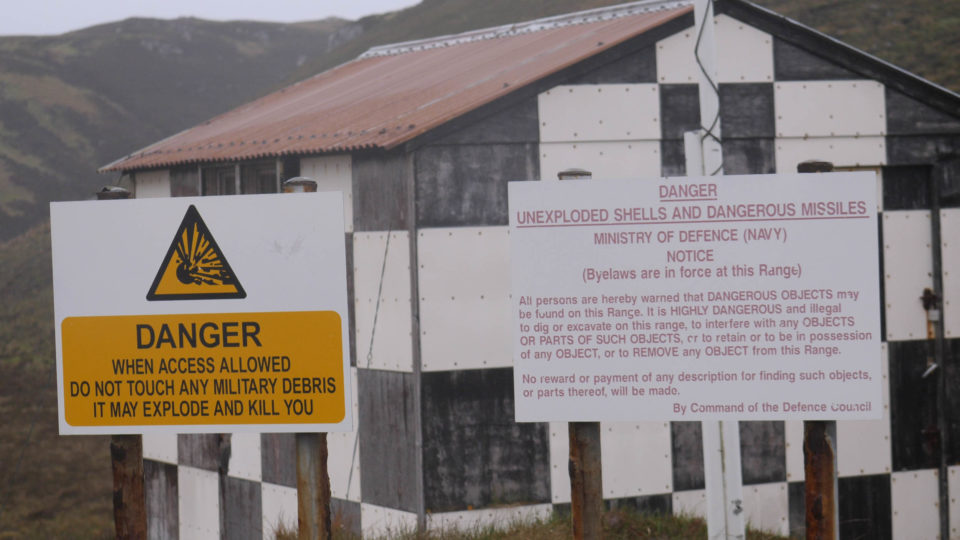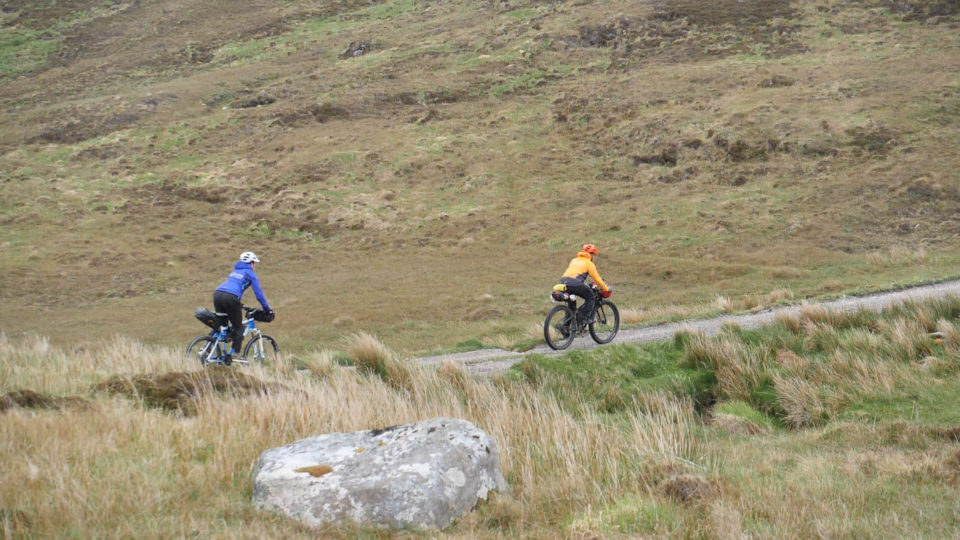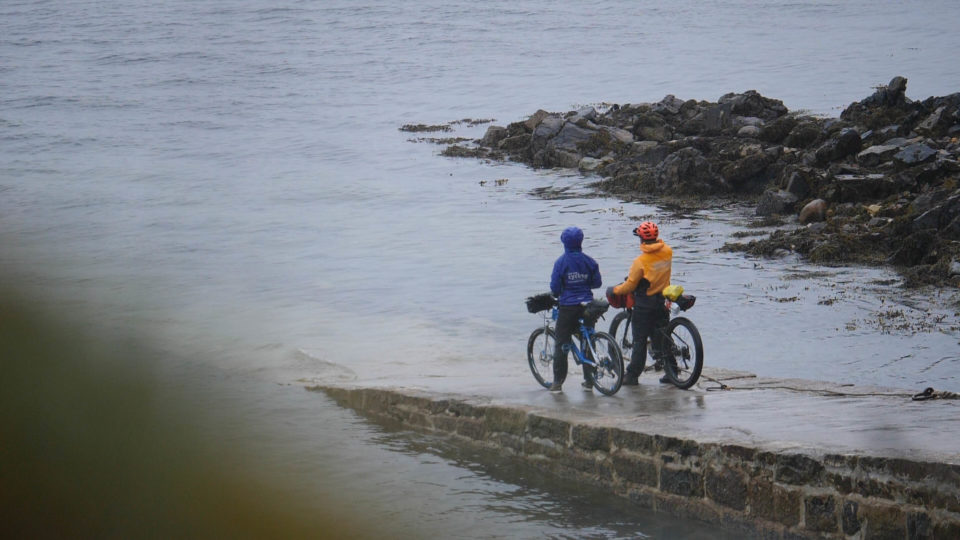The Cape Wrath Fellowship
Celebrating its 70th anniversary, Sam Jones recounts the history of the Cape Wrath Fellowship, founded by cycling journalist Rex “Ragged Staff” Coley to encourage more adventures by bike. What’s more, it’s still open membership to this day. Watch the film, enjoy the accompanying images, and find out more about this fascinating slice of bike touring history… then brave the weather, head up to mainland UK’s most remote chip of land, and join up for yourself!
PUBLISHED Oct 15, 2019
Words by Sam Jones; Images and video by Robert Spanring
Having adventures and perhaps just importantly encouraging others to have them is a well-established and important part of cycling culture both past and present.
The Cape Wrath Fellowship was founded back in 1949 by cycling journalist, Rex “Ragged Staff” Coley, with precisely this purpose: to encourage more adventures by bike.
Fed up with post-war Britain’s cycling focus on racing, Coley wanted to encourage folk to step out of their comfort zone, engage in what we’d now call type two fun and find a richer enjoyment in riding beyond just knocking out the miles.
In 1946, Coley headed off on a solo trip Cape Wrath, the most north-westerly point of the Scottish mainland. He waved down a ferry man with a rag, convinced him to row him across the Kyle of Durness for 6 pence from Keoldale, and then followed the battered road to the lighthouse at its end.
Riding through this untouched landscape with its vast open skies, heathland and intemperate weather, Coley had found his answer.
Three years later in 1949, the Cape Wrath Fellowship was officially announced in “The Bicycle Magazine”. Qualification into the Fellowship was simple in theory – all you needed to do originally was reach the lighthouse, gain the signature of the lighthouse keeper and then send this evidence to Coley. Successful riders received a certificate and a place on the official members list, and later on in 1965 a roundel badge was introduced.
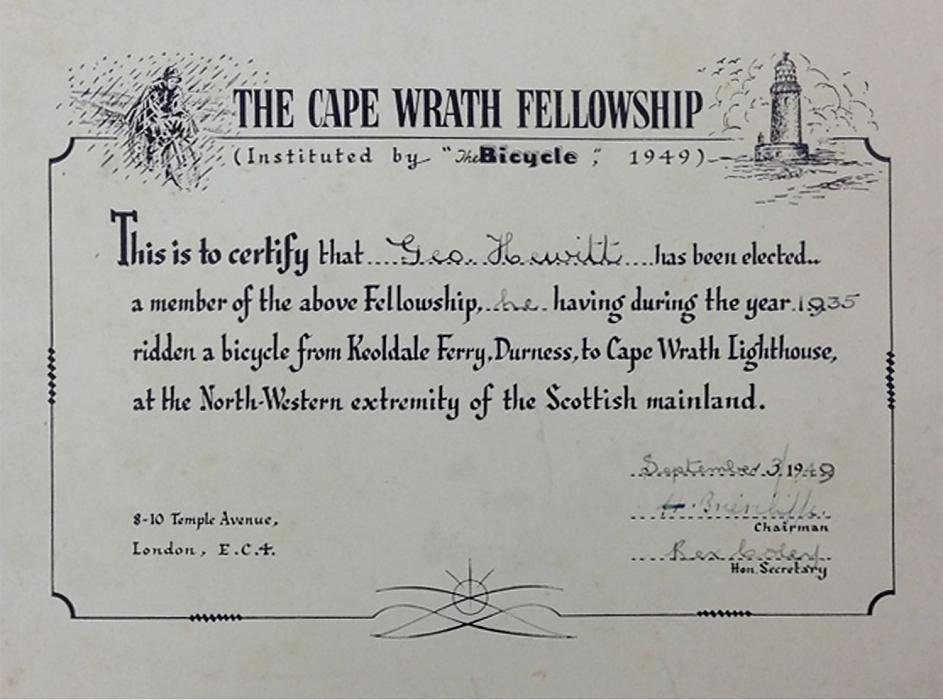
Coley passed away in 1985, and journalist Peter Knottley took on the responsibility for managing the Fellowship until 1992, when it was passed on to the Cyclists’ Touring Club, which is now the British charity known as Cycling UK.
The lighthouse was automated in 1998 making the lighthouse keeper’s role redundant, so given it’s the age of the selfie, entry just requires a photo of you and your bike which you can submit online. Some things don’t change though, as the charity will still send you an official certificate, no matter where you’re based in the world, and will also enter your details onto the roll call of honour. The roundel badges are no longer available… but that could well change in the near future.
All this assumes you are able to reach journey’s end at the lighthouse, which is by no means a sure thing…
Cape Wrath isn’t named due to the fierce weather you can expect, but from the old Norse word “hvarf”, meaning appropriately enough “turning point”.
Having been stranded on pier at Keoldale looking over to the mainland in vain hope of reaching Cape Wrath for a couple of days, it’s easy to imagine why the Vikings named it thus!
It is probably the most isolated spot on the British mainland. If reliant on the ferry (for packrafters this can be less of an issue as Lee Craigie found), the winds, tides and weather can conspire to frustrate your journey to Cape Wrath, as they have done to generations of cyclists. And today there’s now the added obstacle of the Ministry of Defence, which uses a vast swathe of the region as a training ground and firing range (check firing times in advance).
However, it’s probably thanks to the Ministry of Defence that this area is still so free of both people and other vehicles. It’s truly a special place – and not just because it’s a Special Protection Area, Special Area of Conservation, and Site of Special Scientific Interest.
For bird life fans puffins, Arctic skua, white-tailed eagles, sea eagles, and gulls are all known to breed in the area along the cliffs. Riding along the trail in the gloaming, you’ll spot herds of deer that seem to emerge from nowhere on the crests of the surrounding hills, so well camouflaged are they by the gorse and heather.

In the firing range, you’ll want to avoid wild camping thanks to unexploded ordinance, but around the lighthouse there are plenty of spots to roll out your bivi or pitch your tent. The Ozone Café in the lighthouse compound, which is open 24/7 365 days of the year, also offers shelter from the storm for six – at time of writing, it’s £25 a head.
Probably the best place to stay, however, is Kearvaig Bay, about five miles back down the track from the lighthouse. With its white sands, cliffs teeming with birdlife and reputedly one of the finest bothies in Scotland, it’s an ideal location – just remember to bring your own combustibles if you fancy a fire as there are no trees and driftwood is by no means guaranteed.
It is only 11.5 miles from the pier to the light house, so if you’re looking to make a proper adventure in your quest to join the Fellowship, then you’ll need a proper route to follow. One option is the long-distance hiking route known as the Cape Wrath Trail up the Western coast of Scotland. If you enjoy long stretches of boggy hike-a-bike, then this is one option.
If you prefer riding, rather than carrying your bike though, then you’re in luck. Cape Wrath is also one of the final destinations for the Cycling UK’s newly launched Great North Trail.
Running 800 miles north from the bottom of the Peak District National Park in England, this trail takes you through some of the best and wildest spots of northern England, and then on an end-to-end of Scotland, with either Cape Wrath or John o’ Groats as final destinations.
It’s the sort of trail Rex would have approved of for prospective members of the Cape Wrath Fellowship to undertake, and a fitting way to make your entry into a little bit of adventure cycling history.
To mark the 70th Anniversary of the Cape Wrath Fellowship, members of the Fellowship can now get exclusive offers from Cycling UK partners, such as Endura. Subject to interest, Endura is also considering offering members of the Cape Wrath Fellowship the opportunity to own a bit of history with their very own Cape Wrath Fellowship Endura MT500 jacket, reviewed here.
Pamela Barclay, Endura’s Brand Director, says: “As a Scottish brand it feels good to be involved with Cycling UK and the Cape Wrath Fellowship, both of which are doing a great job in promoting cycling and an active lifestyle. We share a mission to get more folk to ditch the car and get on bikes and the Cape Wrath route is a truly Scottish challenge…”
Join the Cape Wrath Fellowship here. You can find the relevant section of the route here. Visit Cycling UK’s website for more details on the Great North Ride, which we’ll be featuring in our route guide soon, or follow them on Instagram and Facebook.
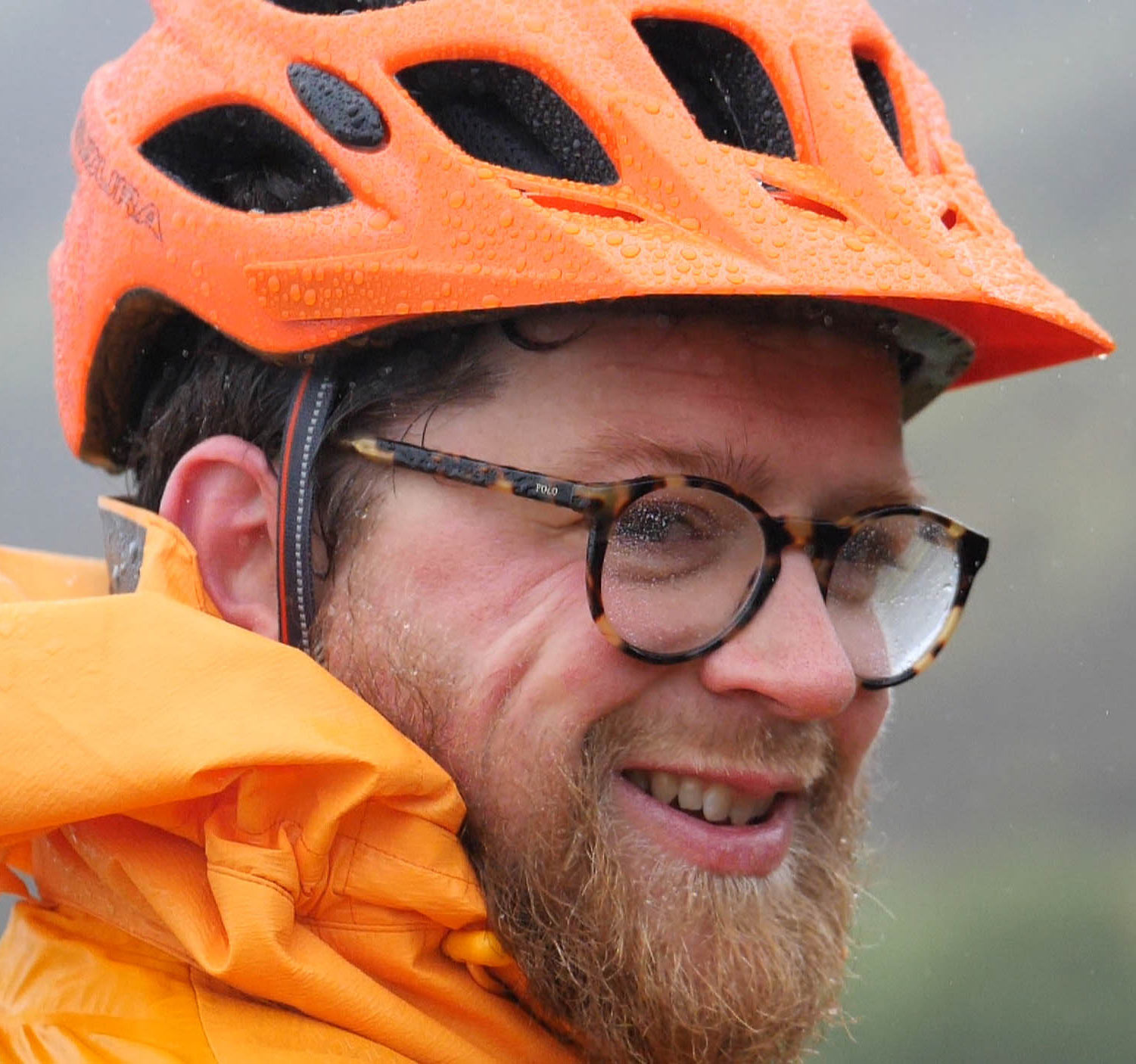
About Sam Jones
Sam works at the oldest transport organisation in the world, charity Cycling UK (formerly known as the Cyclists Touring Club), and spends his days campaigning for greater cycle access to the British countryside and safer road conditions. When he’s not doing that he’s out trying to explore more of the world and his backyard on either his Surly Disc Trucker or ECR.
Please keep the conversation civil, constructive, and inclusive, or your comment will be removed.













